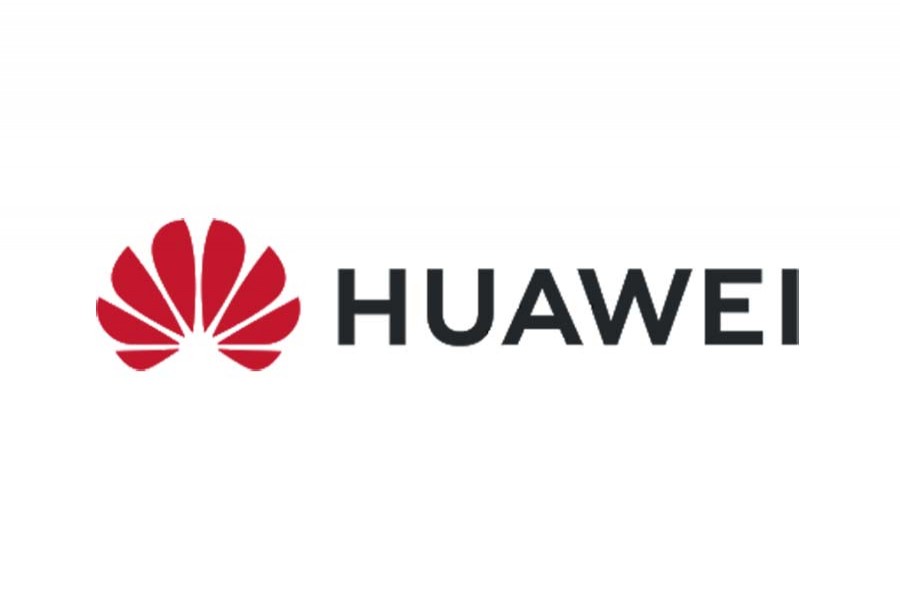At the 17th Huawei Global Analyst Summit (HAS), the European Telecommunications Standards Institute (ETSI), China Broadband Development Alliance, Altice Portugal, and Huawei jointly launched the Fifth Generation Fixed Network (F5G) industry initiative, inviting global upstream and downstream partners of the fixed network industry to join the F5G industry organization, which aims to develop a thriving industry.
In the Internet of Everything (IoE) era, ubiquitous connectivity will form the basis for an intelligent society. As both wireless and fixed connectivity have entered the fifth generation, there is an increasing number of innovations in 5G and F5G services. There is no doubt that 5G+F5G will foster the rapid development of the global digital economy. However, the development of the fixed network industry still faces the issue of a fragmented industry ecosystem, which hinders the growth of the global industry. Since a booming ecosystem has been established in the wireless network industry, extensive collaboration within the global fixed network industry is in urgent need.
Luca Pesando, chairman of ETSI’s Industry Specification Group F5G (ISG F5G), said, “On February 25, ETSI officially released the ISG F5G, which aims at studying the fixed-network evolution through defining improvements with respect to previous solutions and the new characteristics of the fifth-generation fixed network to turn the Fiber to the Home paradigm into Fiber to Everything Everywhere, and defined three major F5G use cases: full-fiber connection (FFC), enhanced fixed broadband (eFBB), and guaranteed reliable experience (GRE). We would like to invite all the peers to join this ETSI ISG F5G initiative and to contribute, fostering the improvement of individuals’ and society’s life that fiber technology can offer in F5G era.”
Wei Leping, deputy director of Communication Technology Steering Committee, MIIT & chairman of Technology Steering Committee at China Telecom, commented, “To support the wide-scale deployment of a series of new technologies and applications such as 5G, and to promote fiber networks to all possible application scenarios, it is essential for the industry to focus on F5G to formulate unified specifications covering three basic application scenarios: transport, access, and customer premises networks. This can reduce unnecessary fragmented private specifications and achieve economies of scale in the optical industry.”
Ao Li, director of the Technology and Standards Research Institute at the China Academy of Information and Communications Technology (CAICT) and deputy secretary-general of China Broadband Development Alliance, stated, “China is rapidly heading into the F5G era, and 100M fiber broadband has become increasingly popular. By the end of February 2020, the number of gigabit broadband users had reached 1.97 million. China is dramatically accelerating F5G application innovations to boost the digital economy, acting as a reference for other countries.”
Luis Alveirinho, CTO of Altice Portugal, also said, “We are entering into the Gigabit Society under the trend of digitalization, convergence and full fiber connectivity. Altice Portugal is proud to be in the forefront of the strategic transformation towards Very High Capacity Networks (VHCN) in Europe, and this way effectively meeting the needs of its customers. But there are still a lot of challenges for us ahead and with ETSI F5G ISG we are working on a new framework to support the next generation of fixed networks by enabling new services and fiber to everything and everywhere, with wider benefits for citizens, enterprises, communities and nations.”
David Wang, Huawei’s Executive Director of the Board, added, “A thriving industry must be built on comprehensive standards and ecosystem. The proposed F5G marks the perfect time to create a comprehensive optical industry ecosystem. Huawei has proposed the Intelligent OptiX Network strategy, which is specifically oriented towards the F5G era. This strategy streamlines the optical transport and optical access domains, and launches the innovative products OptiXtrans, OptiXaccess and OptiXstar series to build ubiquitous optical connectivity and deliver a premium experience at your fingertips.”
F5G will expand Fiber to the Home to Fiber to the Enterprise, creating more F5G service scenarios. With a comprehensive F5G industry ecosystem, F5G will help the market grow and open up a new era for the global optical industry.
Huawei is a leading global provider of information and communications technology (ICT) infrastructure and smart devices. With integrated solutions across four key domains – telecom networks, IT, smart devices, and cloud services – Huawei is committed to bringing digital to every person, home and organization for a fully connected, intelligent world. Founded in 1987, Huawei is a private company fully owned by its employees.
Huawei’s end-to-end portfolio of products, solutions and services are both competitive and secure. Through open collaboration with ecosystem partners, Huawei creates lasting value for our customers, working to empower people, enrich home life, and inspire innovation in organizations of all shapes and sizes.
At Huawei, innovation focuses on customer needs. Huawei invests heavily in basic research, concentrating on technological breakthroughs that drive the world forward. It has more than 194,000 employees and operates in more than 170 countries and regions.
As the localized leading global ICT solutions provider, over the last 21 years, Huawei has been working closely with the ICT industry, telecom operators & local partners to fulfill the dream of ‘Digital Bangladesh’ by bringing technical benefits to the people as well as contributing to the society with different CSR programs. Huawei is in Bangladesh, for Bangladesh! This is Huawei’s call to action in Bangladesh, a way of thinking and a way of life that is built on collaboration.
-rmc/


